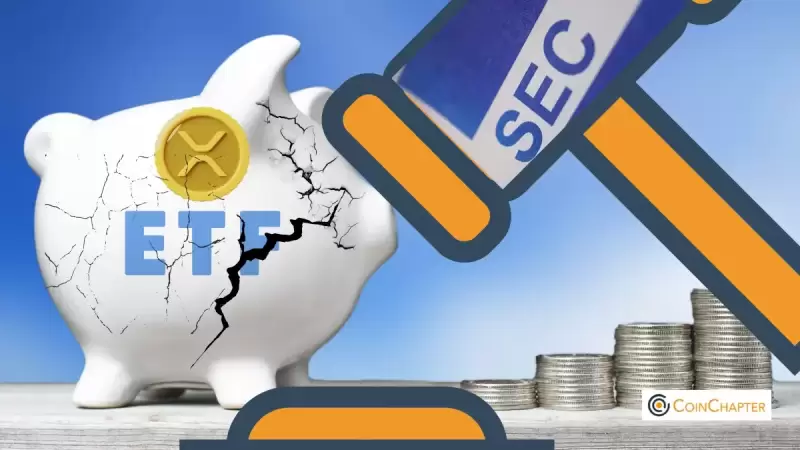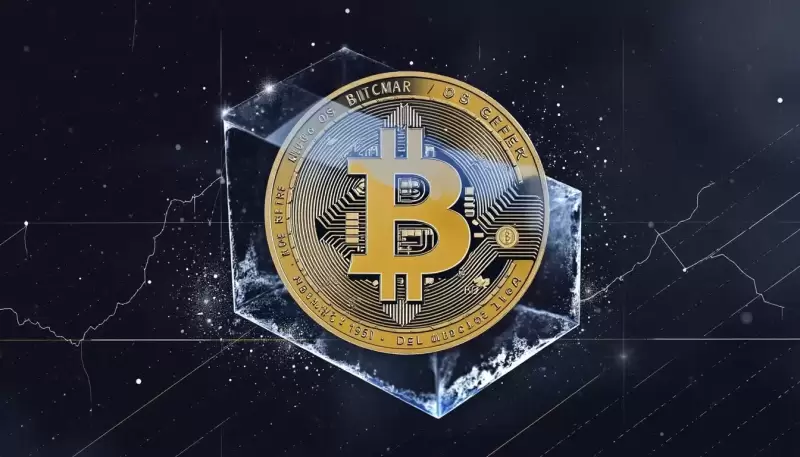 |
|
 |
|
 |
|
 |
|
 |
|
 |
|
 |
|
 |
|
 |
|
 |
|
 |
|
 |
|
 |
|
 |
|
 |
|
Cryptocurrency News Articles
Will XRP Remain a Necessary Bridge as CBDCs Rise?
Mar 27, 2025 at 10:15 pm
This ongoing discussion occurs as banks worldwide increasingly explore these new digital currency technologies.

The future of financial systems continues to spark lively debate, especially concerning the role of assets like XRP in a landscape featuring private bank ledgers and Central Bank Digital Currencies (CBDCs).
As banks worldwide increasingly explore these new digital currency technologies, the community interest in XRP persists.
With CBDCs potentially offering direct government-backed digital currency pathways, speculation grew that XRP’s long-argued role as a neutral bridge currency could diminish.
However, proponents contend its function remains essential for efficient cross-border value transfer. They point to how Ripple’s solutions (often involving XRP) can streamline payments between different fiat currencies or digital assets, potentially reducing the need for banks to pre-fund accounts with large sums in multiple currencies (a costly process known as maintaining nostro/vostro accounts).
This ties into a key point often raised by XRP bullsarguing that while banks may prefer private, permissioned ledgers for internal liquidity management and cross-border payments, this setup could lead to "walled gardens" of sorts.
These walled gardens might prevent the free movement of value between different institutions and countries, which is economically inefficient.
But XRP's ability to efficiently source external liquidity on demand and enable rapid settlement maintains its utility for connecting these private ledgers for cross-border flows, they add. This also ties into the rapid settlement capabilities of XRP, contrasting it with stablecoins or potentially siloed wrapped CBDCs.
The discussion was sparked further by Ripple co-founder David Schwartz's comments on the inherent limitations of simply creating wrapped, tokenized versions of each individual CBDC.
After a lively community discussion concerning the potential for a "cross-chain future" with assets like XRP facilitating interoperability between different blockchains, one community member posed a question about the implications of each major Central Bank rolling out its own CBDC.
Specifically, the community member inquired about the process for institutions to easily exchange value between, for instance, the U.S. Dollar CBDC and the Euro CBDC.
Schwartz replied that this scenario would likely lead to a large-scale liquidity management problem if institutions had to manage 90 different trading pairs to facilitate exchange between ten different CBDCs.
"We'd be juggling 90 different liquidity pools to manage direct trading pairs between the 10 coins. It'll get messy quickly. A neutral bridge asset is economically efficient. It isn't a matter of "if" but "when" we'll get there in another form."
This comment highlights the potential inefficiency of having to maintain and manage, for instance, 90 distinct bilateral trading pairs to directly connect just ten different sovereign digital currencies. A neutral bridge asset like XRP, Schwartz implied, could streamline this process dramatically.
Commentators often note that XRP's key advantage, particularly compared to legacy systems, lies in its potential to unlock capital trapped in traditional payment networks.
The decades-old SWIFT messaging system, combined with correspondent banking, frequently requires banks to hold substantial, often idle funds in nostro accounts globally, simply to facilitate international payments – which creates significant capital inefficiencies.
Solutions like those offered by Ripple, which can facilitate the use of XRP for rapid cross-border settlement and efficient liquidity management, help to free up these reserves by enabling on-demand liquidity, potentially injecting that capital back into productive use globally. Some also suggest that for less common, low-liquidity currency corridors, XRP remains a particularly effective settlement tool.
Disclaimer:info@kdj.com
The information provided is not trading advice. kdj.com does not assume any responsibility for any investments made based on the information provided in this article. Cryptocurrencies are highly volatile and it is highly recommended that you invest with caution after thorough research!
If you believe that the content used on this website infringes your copyright, please contact us immediately (info@kdj.com) and we will delete it promptly.
-

-

-

- Charles Hoskinson Takes a Jab at Bitcoin's Internal Struggles Over Controversial Code Update
- Apr 30, 2025 at 11:35 pm
- In response to escalating concerns about a proposed change to Bitcoin Core's transaction relay policy, Hoskinson shared a sarcastic GIF captioned “Everything is proceeding exactly as I have foreseen.”
-

-

- The U.S. Securities and Exchange Commission (SEC) has postponed decisions on the approval of ETFs for XRP and Dogecoin.
- Apr 30, 2025 at 11:30 pm
- However, experts continue to see good prospects for XRP ETFs and those of other altcoins. The race over which cryptocurrencies will be listed on regulated exchanges in the US via ETFs continues:
-

-

-

-

- Crypto Markets React to the Report that U.S. Economic Activity Decreased in Q1 2025
- Apr 30, 2025 at 11:20 pm
- Following the report that economic activity in the U.S. not only stalled but actually decreased during the first quarter—crypto and other financial markets are already getting the initial impact of a potential recession in America in 2025.























































